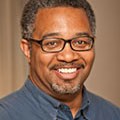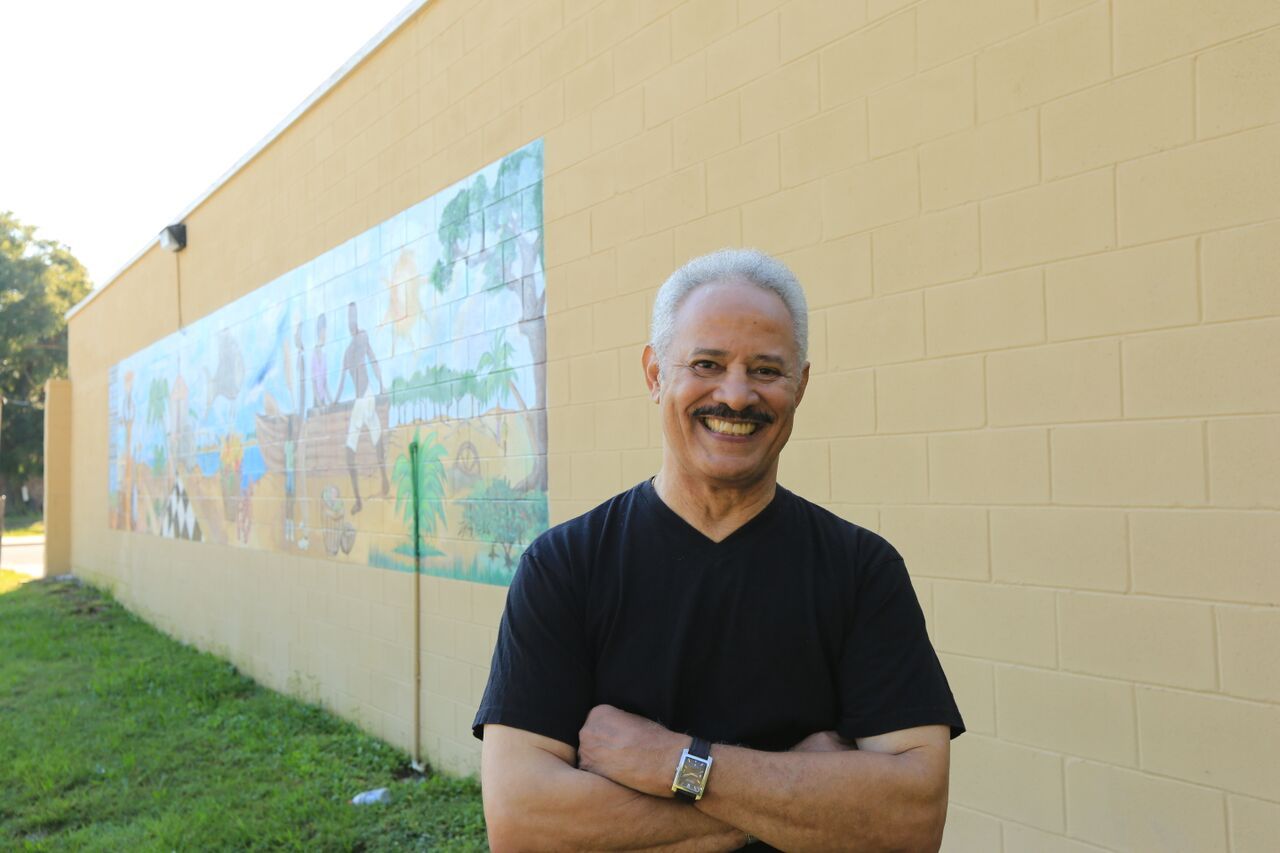Historic Eastside’s Focus on Placemaking
Jacksonville’s Eastside is called historic for a reason. The neighborhood began as a series of neighborhoods that expanded with Jacksonville’s rapid growth in the 1800’s, which were formally incorporated into the City of Jacksonville in 1887. According to the Historic Eastside Community Development Corporation (CDC), no commercial, industrial or retail buildings have been added to the Eastside in over 50 years, leaving many historic and iconic structures intact. Today, the only completely transformed section of Historic Eastside — which is located directly to the east of Downtown Jacksonville and Historic Springfield — is the city’s sports and entertainment district; the rest remains an undisturbed tribute to history and culture.

Conversely, the ‘intact’ disposition of Historic Eastside also illustrates another reality: years of neglect and lack of investment in housing, infrastructure and public safety have created significant challenges for the residents, primarily people of color, who have called this neighborhood home for generations. As such, LISC Jacksonville selected Historic Eastside as one of two neighborhoods to implement its EPIC Communities (Empower People...Inspire Change) initiative aimed at improving economic activity, family income and wealth, access to education, and the physical environment, among other areas.
 “Historic Eastside was ripe for investment when we partnered with Operation New Hope to convene residents and other community partners in 2012 to help residents create a renewed vision for their neighborhood,” said Kristopher Smith, LISC Jacksonville’s community development program officer. “What’s followed has been nearly a decade of intentional work that has made numerous accomplishments and gained serious momentum toward improving quality of life for residents who are proud to call this culturally and historically significant neighborhood home.”
“Historic Eastside was ripe for investment when we partnered with Operation New Hope to convene residents and other community partners in 2012 to help residents create a renewed vision for their neighborhood,” said Kristopher Smith, LISC Jacksonville’s community development program officer. “What’s followed has been nearly a decade of intentional work that has made numerous accomplishments and gained serious momentum toward improving quality of life for residents who are proud to call this culturally and historically significant neighborhood home.”
Beyond addressing the individual needs of residents, LISC Jacksonville and the Historic Eastside CDC have also identified and focused on placemaking as a collective need of all residents. Placemaking is defined as capitalizing on a community’s existing assets by intentionally planning and designing public spaces that promote happiness, health and general wellbeing. As part of this, the Historic Eastside CDC recently launched the Eastside Mural Project in partnership with the Jacksonville Cultural Development Corporation in an effort to create a sense of place while advancing social and cultural equity.

“The Eastside Mural Project was developed as a way to use arts and culture to enhance the appearance of older blighted buildings while also providing education on the history of the Eastside neighborhood,” said Suzanne Pickett, executive director of the Historic Eastside CDC. “The goal is to create 12 murals during the next two years that depict the history and important historical figures of Eastside and create a heritage mural tour to enhance tourism and economic opportunity into the neighborhood.”
To date, several murals have been unveiled, most of which are along the A. Philip Randolph Boulevard corridor, a historically robust commercial district of Historic Eastside that has since dramatically diminished. The Boylan Haven Mural at the corner of Union St. was created to honor the Boylan-Haven School for Girls, which was founded in 1886 as a training center that evolved into a college preparatory program for black girls and young women during its 73-year history. It was named for benefactor Ann Boylan DeGroot who had hoped to atone for her family’s plantation-owning past.

The Locals and Legends Mural, on the corner of Pippin Street, was created in response to a request from longtime local business owners who sought to honor past residents who were a vital part of the Eastside community, some of whom also earned national acclaim. The mural depicts A. Philip Randolph himself, James Weldon Johnson, Bullet Bob Hayes and others.

 The first mural on the Eastside was created in 2013 by master muralist Daniel Wynn on the side of Avenue Market, at the time one of the longest-running businesses on the boulevard. The mural tells the history of the neighborhood through symbolism, including references to African American culture, bridges, abundance and fertility – as well as negative elements that community residents hope will change.
The first mural on the Eastside was created in 2013 by master muralist Daniel Wynn on the side of Avenue Market, at the time one of the longest-running businesses on the boulevard. The mural tells the history of the neighborhood through symbolism, including references to African American culture, bridges, abundance and fertility – as well as negative elements that community residents hope will change.
“There are very few opportunities in our neighborhood for artistic or creative activities, and the murals give us the opportunity to introduce the arts to residents and youth,” added Pickett. “The murals are also a catalyst for letting residents know that people care about the community. There was previously a lot of crime along the A. Philip Randolph corridor, but as we create more placemaking activities, construct more streetlights, and do other similar projects, it helps to reduce crime while also creating a stronger sense of community.”
In addition to reaping the benefits of placemaking and intentional investments in housing, education, and income, additional or spillover development in Historic Eastside could be spurred by the development of surrounding areas, including Historic Springfield.
As Historic Eastside CDC looks to the future, Pickett stated, “The idea with Historic Eastside is to complement the development occurring downtown and all around us and use arts and culture as a catalyst to be a partner because we have such a rich history. Specific to A. Philip Randolph, we want to bring more businesses in, have more creative spaces, art galleries, more of those types of things. When this happens, you create a sort of ‘Main Street’ in Historic Eastside that people want to come, enjoy and learn about our heritage.”